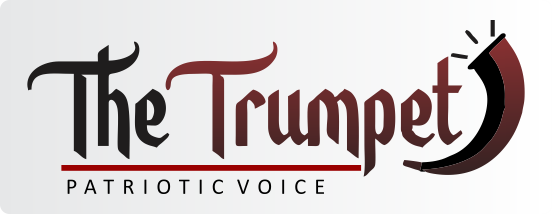New AI reasoning models, like OpenAI’s o3 series, Claude 3.7, and Gemini 2.5 Pro, are here to help with tricky tasks and decision-making.
Think of them as useful tools for:
– Breaking down complex problems
– Organizing all the chaos (like sorting through support tickets)
– Making quick calls when things get hectic (like deciding which features to prioritize)
– Blending creative ideas with logical thought (like planning A/B tests)
How to Make the Most of Them:
1. Get Them Thinking: Instead of just asking for straight answers, use prompts that make them think deeper:
– Use phrases like “Think step-by-step…” to encourage careful consideration.
– Ask them to “First suggest, then critique, then improve…” to help reduce mistakes.
Related Articles:
- NUJ FCT advocates ethical AI use by journalists on World Press Freedom Day 2025
- Future of Search: Why Generative AI is rewriting rules of SEO
- Unlocking SEO Success: Ultimate guide to goals, strategy, execution
2. Tackle Tough Tasks: Start using these models for repetitive jobs that drain your brain. Here are some quick ideas:
– Meeting Prep: Share the agenda and last week’s notes, and get a neat summary that highlights what decisions are left, what info is missing, and any suggestions. This alone can save over 15 minutes for everyone.
– Inbox Insights: Analyze your messages with prompts like “Sort, flag urgency, figure out the root cause, suggest a reply.” You just need to skim through the highlights.
– Roadmap Assistance: Provide your backlog and metrics to get a prioritized roadmap with reasons, plus a rundown of potential risks.
– A/B Test Insights: Get feedback on test results, recommendations for business impact, next steps, and even math verification.
3. Support and Guide:
– Use Retrieval-Augmented Generation (RAG) to link the AI to your internal tools, like wikis and CRM systems, for the info you need.
– Build a library of prompt templates for your team to share effective strategy.






